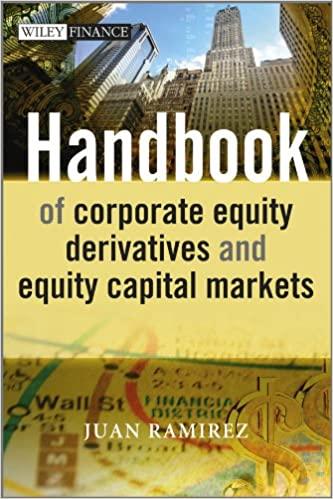Answered step by step
Verified Expert Solution
Question
1 Approved Answer
3. An economic analysis of a proposed facility is being conducted to select an operating life such that the maximum uniform annual income is achieved.

3. An economic analysis of a proposed facility is being conducted to select an operating life such that the maximum uniform annual income is achieved. A short life results in high annual amortization costs, but the maintenance costs become excessive for a long life. The annual income after deducting all operating expenses, except maintenance costs, is $180,000. The first cost of the facility is $500,000 borrowed at 10 percent interest compounded annually. The maintenance costs are zero at the end of the first year, $10,000 at the end of the second, $20,000 at the end of the third, etc. To express these maintenance charges on an annual basis the gradient present-worth factor of Sec. 3.8 can be multiplied by the capital-recovery factor, which for the 10 percent interest is presented in Table 9.3. Use a Fibonacci search for integer years between 0 and 21 to find the life of the facility which results in the maximum annual profit. Omit the last calculation of the Fibonacci process since we are interested only in integeryear results. Ans.: 12 years, $62,760 annual income. 3. An economic analysis of a proposed facility is being conducted to select an operating life such that the maximum uniform annual income is achieved. A short life results in high annual amortization costs, but the maintenance costs become excessive for a long life. The annual income after deducting all operating expenses, except maintenance costs, is $180,000. The first cost of the facility is $500,000 borrowed at 10 percent interest compounded annually. The maintenance costs are zero at the end of the first year, $10,000 at the end of the second, $20,000 at the end of the third, etc. To express these maintenance charges on an annual basis the gradient present-worth factor of Sec. 3.8 can be multiplied by the capital-recovery factor, which for the 10 percent interest is presented in Table 9.3. Use a Fibonacci search for integer years between 0 and 21 to find the life of the facility which results in the maximum annual profit. Omit the last calculation of the Fibonacci process since we are interested only in integeryear results. Ans.: 12 years, $62,760 annual income
Step by Step Solution
There are 3 Steps involved in it
Step: 1

Get Instant Access to Expert-Tailored Solutions
See step-by-step solutions with expert insights and AI powered tools for academic success
Step: 2

Step: 3

Ace Your Homework with AI
Get the answers you need in no time with our AI-driven, step-by-step assistance
Get Started


